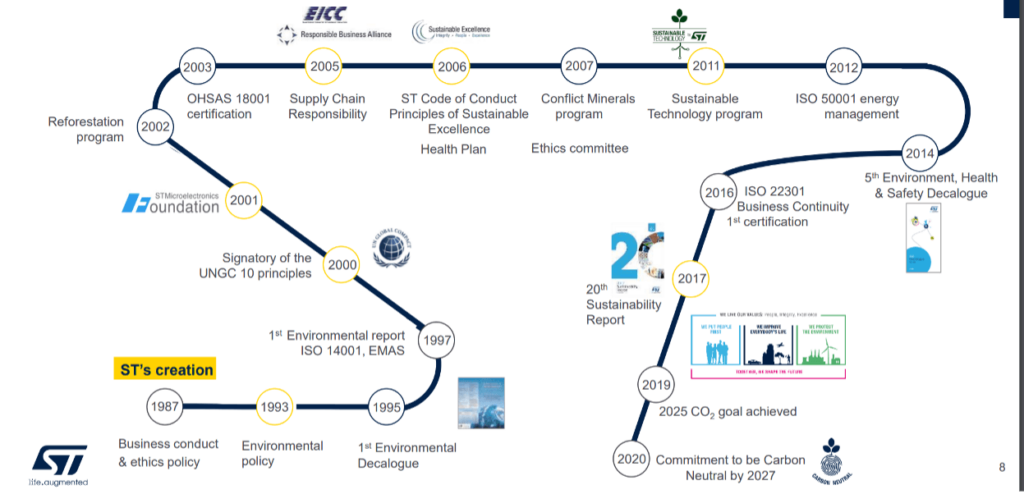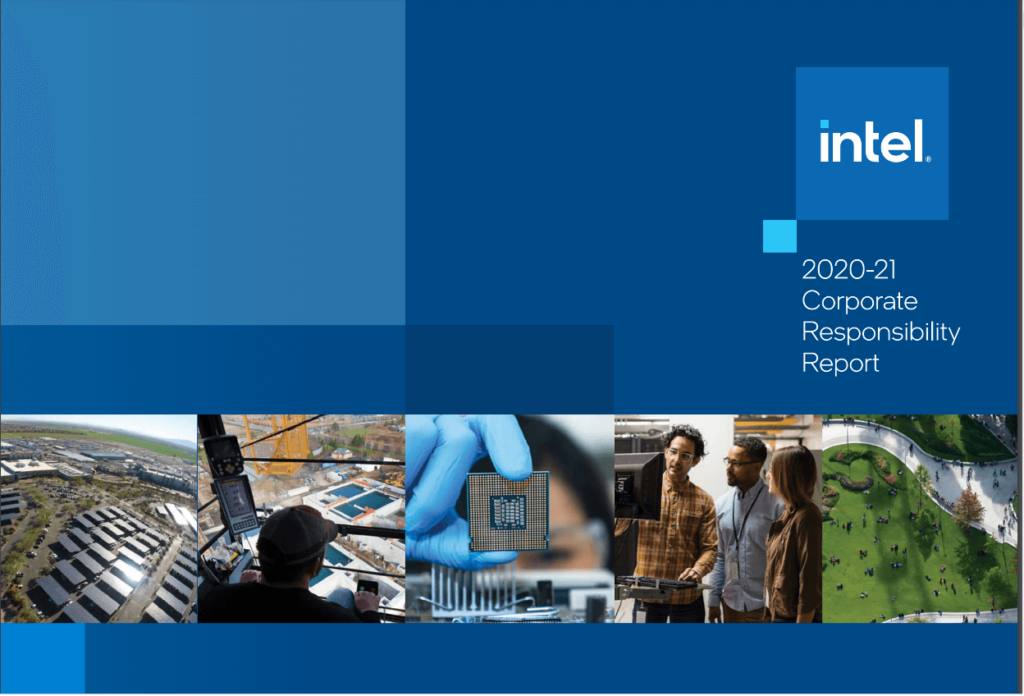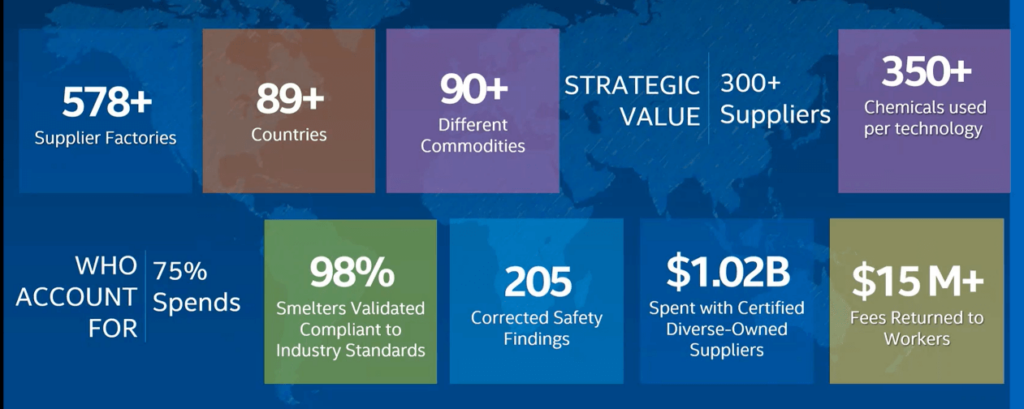According to the Wall Street Journal, (WSJ) the Security and Exchange Commission (SEC) is proposing that public companies be required to disclose more information on what they are doing to combat climate change and the threats linked to climate change. According to the SEC, approximately 90% of companies in the S&P 500 voluntarily publish information on programs they have on renewable energy and carbon emissions. Only 16% of those companies publish that information in regulatory filings. According to the WSJ article, there are a few companies that fully support the disclosure. In fact, many of them in the transportation and energy industries feel that full disclosure could be misunderstood by shareholders.
Having been dabbling in sustainability off and on for about 10 years and reading many companies’ reports on corporate responsibility I can understand why they might think that way. In some reports, you need to do a lot of digging to understand just exactly what those companies are doing to improve their sustainability.
Fortunately, there are companies such as CDP, and S&P Global Sustainable1, which operates the Dow Jones Sustainability index, that provide tracking and their own indices of how a company performs. Unfortunately, it appears – at least to my eye – that there are variations in how each of these indices collects and reports data, which only adds to the confusion. Thus, a better collaboration on indices would help to clarify how industries are performing in their sustainability quests.
Over time, the semiconductor industry has developed fairly consistent standards across the board. This is in part due to companies, like Intel, Texas Instruments, and ST Microelectronics, that developed sustainability programs a long time ago. Figure shows that ST aims to achieve carbon neutral computing by 2027.

Intel’s Focus on Sustainability
Intel has been a leader in sustainability for the semiconductor industry, looking at water and energy issues since before 2000. The company recently released its 2020 sustainability report, which includes its 2030 goals.

In the 2020 review and focus on 2030, Intel developed what they are referring to as the RISE model: which stands for Responsibility, Inclusive, Sustainable, and Enabling. This incorporates not only Intel’s focus on achieving carbon neutral computing but also inclusivity and other sustainable and global responsible practices.
Intel has tied short-term incentives for executives to sustainability since 2008, which encourages executives to implement and execute sustainability programs.
In Pat Gelsinger’s introductory note, he addresses RISE as follows:
“To create a broader platform for action to make a greater impact in the world. This expanded initiative will provide a disciplined framework through which Intel employees can work with customers and partners to solve problems and advance our RISE strategy and progress toward the UN Sustainable Development Goals through the accelerated application of technology to global challenges in the areas of health and safety, inclusion and accessibility, and climate and sustainability”.
When Adam Schaffer, Director of Supply Chain Responsibility presented at SEMI Europe ISS, he talked about what makes Intel’s RISE program unique. He explained that the RISE model is a result of bringing all the departments together and creating one set of goals across the company. So, sustainability is now a company-wide effort, not just a department or site-by-site effort. It will be interesting to see how this brings about the change that Intel has created in sustainability.
Holding Suppliers Accountable
In 2012 Intel introduced its Program to Accelerate Supplier Sustainability (PASS). The company completes on-site audits for its 75 top suppliers with assessments on 300 factors. In 2019 Intel aimed to have 90% of its suppliers in PASS meeting advanced expectations. This is one reason why most of Intel’s suppliers have very active sustainability programs that they in turn encouraged their vendors to embrace, thus working to get the entire supply chain for Intel focused on sustainability.

Aiming for Carbon Neutral Computing
Intel’s 2030 goals are as follows:
Climate and Energy
- Achieve 100% renewable energy use across global manufacturing operations.
- Conserve 4 billion kWh of energy.
- Drive a 10% reduction in our absolute Scope 1 and 2 carbon emissions as they grow, informed by climate science.
- Increase product energy efficiency 10x for Intel client and server microprocessors to reduce Scope 3 emissions.
Net-Zero Water
- Achieve net positive water use by conserving 60 billion gallons of water and funding external water restoration projects.
Zero Waste3/Circular Economy
- Achieve zero total waste to landfill and implement circular economy strategies for 60% of manufacturing waste streams in partnership with suppliers
Intel’s Progress as of 2020
Climate and Energy
- Achieved 82% renewable energy use and conserved 161 million kWh of energy. Absolute greenhouse gas (GHG) emissions remained roughly flat to the 2019 baseline through the end of 2020. Intel completed its baseline analysis for product energy efficiency goals.
Net Zero Water
- Conserved 7.1 billion gallons of water in operations and enabled the restoration of more than 1.3 billion gallons of water to local watersheds through funding of water restoration projects.
Zero Waste3/Circular Economy
- Sent 5% of total waste to landfill. Circular economy practices applied to 63% of manufacturing waste streams.
One goal that I think is most important and impressive is the reduction of computing energy:
- Intel set a new aspirational global challenge to work with customers and other stakeholders to achieve carbon neutral computing by 2030.
Reducing the amount of energy used in computing is a huge challenge, especially with the focus on bitcoin mining, blockchain, and AI. All of which consume considerable amounts of energy and are continuing to grow at a rapid rate as AI is adapted.
In being able to achieve or exceed GHG gas reduction targets, not only does the semiconductor and computer industry needs to become 100% dependent upon renewables. The industry also needs to find a way to reduce the tremendous amounts of power consumed by computing, and the processes that are used to create the chips. If the industry can achieve this goal it will go a long ways in helping guide the other industries to a successful reduction of GHG.























